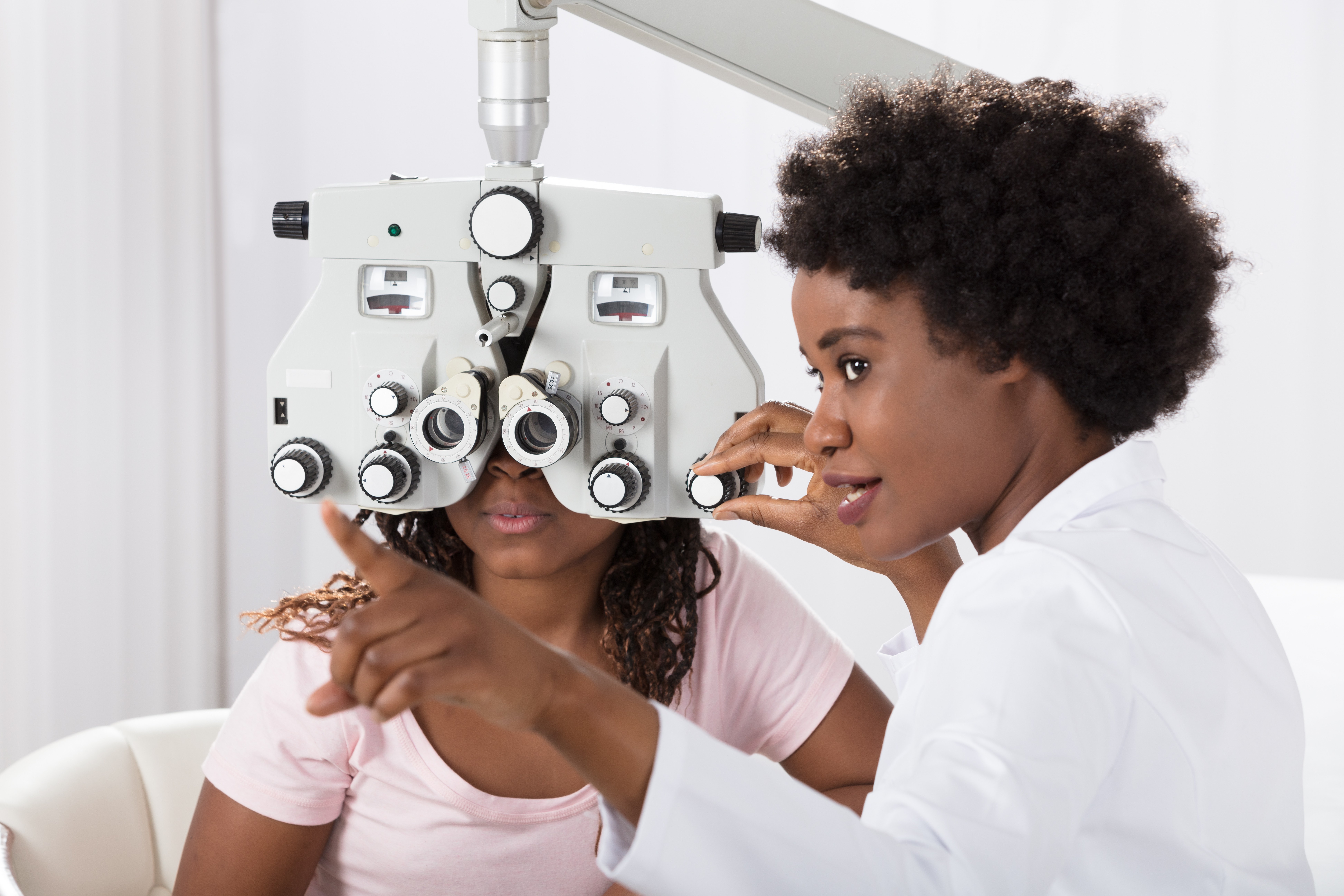
Herpes simplex virus type 1 (HSV-1) is a highly prevalent virus that most commonly causes cold sores. However, it is also a leading cause of infectious blindness in developed countries. After an initial infection, HSV-1 establishes lifelong latency in the trigeminal ganglion, a nerve cluster that connects to the eye. Reactivation of the virus can result in repeated episodes of ocular disease, each one causing further damage to the eye’s surface and nerve structures.
HSV-1 typically reaches the eye through direct contact, often by touching the face or eyes after contact with infected saliva or skin. Once inside ocular tissue, the virus travels along the branches of the trigeminal nerve, where it can lie dormant before reactivating. These reactivations are often triggered by stress, illness, sunlight exposure, or immunosuppression. The virus then causes inflammation and damage to the corneal epithelium or deeper layers, depending on the severity and location of the infection.
HSV can cause a range of eye conditions, varying in depth and severity. The most common forms include:
Each recurrence of HSV increases the risk of complications and long-term damage to corneal structures.
The earliest symptoms of a herpes eye infection often resemble those of more common conditions like conjunctivitis or dry eye. Patients typically report eye redness, tearing, sensitivity to light, a gritty or foreign body sensation, and mild to moderate discomfort. Vision may become slightly blurred due to inflammation or disruption of the tear film. These symptoms usually occur in one eye and can resolve on their own or with antiviral treatment, but they should never be ignored.
As the virus reactivates and affects deeper layers of the cornea, symptoms can become more serious. Herpes simplex can cause corneal ulcers, which are open sores on the surface of the eye. These ulcers increase the risk of scarring and permanent vision loss if left untreated. Another hallmark of advanced HSV eye disease is reduced corneal sensitivity. Damage to the corneal nerves makes it harder for the eye to detect injury, leading to delayed healing and greater vulnerability to further damage.
One of the most challenging aspects of ocular herpes is its tendency to return. After the initial infection, HSV can remain dormant in the trigeminal nerve and reactivate unpredictably. Each flare-up may be milder or more severe than the last, but all contribute to cumulative damage. Over time, repeated episodes of herpetic keratitis increase the risk of scarring, thinning of the cornea, and eventual nerve dysfunction. This cycle of inflammation and damage is a key driver of progressive conditions like neurotrophic keratitis, which can lead to chronic pain and visual impairment.
The cornea is one of the most highly innervated tissues in the body. These nerves play a vital role in tear production, blinking reflexes, and wound healing. When HSV reactivates and infects the cornea, it doesn’t just cause surface inflammation. Over time, the virus can damage or destroy the delicate nerves that help maintain corneal health. This leads to reduced corneal sensitivity, also known as hypoesthesia, which prevents the eye from responding properly to irritation or injury. This nerve disruption is a key factor in the development of more serious degenerative conditions.
Neurotrophic keratitis (NK) is a rare but serious complication that arises when corneal nerves are too damaged to support proper healing. Without nerve signals, the cornea becomes dry, vulnerable to injury, and unable to regenerate tissue normally. This results in a progressive condition that moves through three stages:
Every HSV recurrence brings a risk of further injury to the eye. With each flare-up, the cumulative effect on corneal tissue and nerves grows more severe. Repeated inflammation weakens the corneal structure, making it more susceptible to ulcers, scarring, and vision loss. Even after an episode resolves, the long-term damage continues to impair corneal integrity. Patients with a history of multiple HSV eye infections are at the highest risk for developing NK, especially if they do not receive ongoing antiviral therapy or nerve-protective care.
Go Here to Learn More about Neurotropic Keratitis." HERE should have active link to www.oxervate.com/aboutNK
Unlike many other eye diseases, NK often presents without pain. This absence of discomfort is one of the earliest and most telling signs. Other symptoms include:
Any sudden onset of eye pain, redness, blurred vision, or light sensitivity should be evaluated promptly. These symptoms may indicate an active herpes infection, corneal ulcer, or early neurotrophic changes. Because HSV-related complications can progress quickly and silently especially in cases involving reduced corneal sensation it is crucial to seek medical attention without delay. The earlier the diagnosis, the better the chances of preserving vision and preventing long-term damage.
Many cases of herpetic keratitis initially present with mild symptoms that can be overlooked. Delaying treatment increases the risk of scarring, nerve damage, and corneal melting.
If a patient experiences frequent recurrences, poor response to standard treatment, or signs of progressive corneal disease, referral to a corneal specialist or tertiary eye center is strongly advised.
Herpes eye infections are more than a temporary irritation. While many cases begin with mild symptoms, recurrent episodes can lead to serious complications, including corneal scarring, nerve damage, and ultimately neurotrophic keratitis. Early detection and prompt treatment are essential for preventing long-term consequences. For those with a history of HSV eye disease, ongoing management including antiviral therapy, regular monitoring, and lifestyle adjustments can significantly reduce the risk of vision loss. Recognizing the signs early and knowing when to seek specialist care can make all the difference in protecting long-term eye health.
If you are concerned that you may be suffering from any of the symptoms described in this article then you should connect with a qualified eye care provider near you using our AI matching platform.
OR
SOMETHING ELSE? (NK)